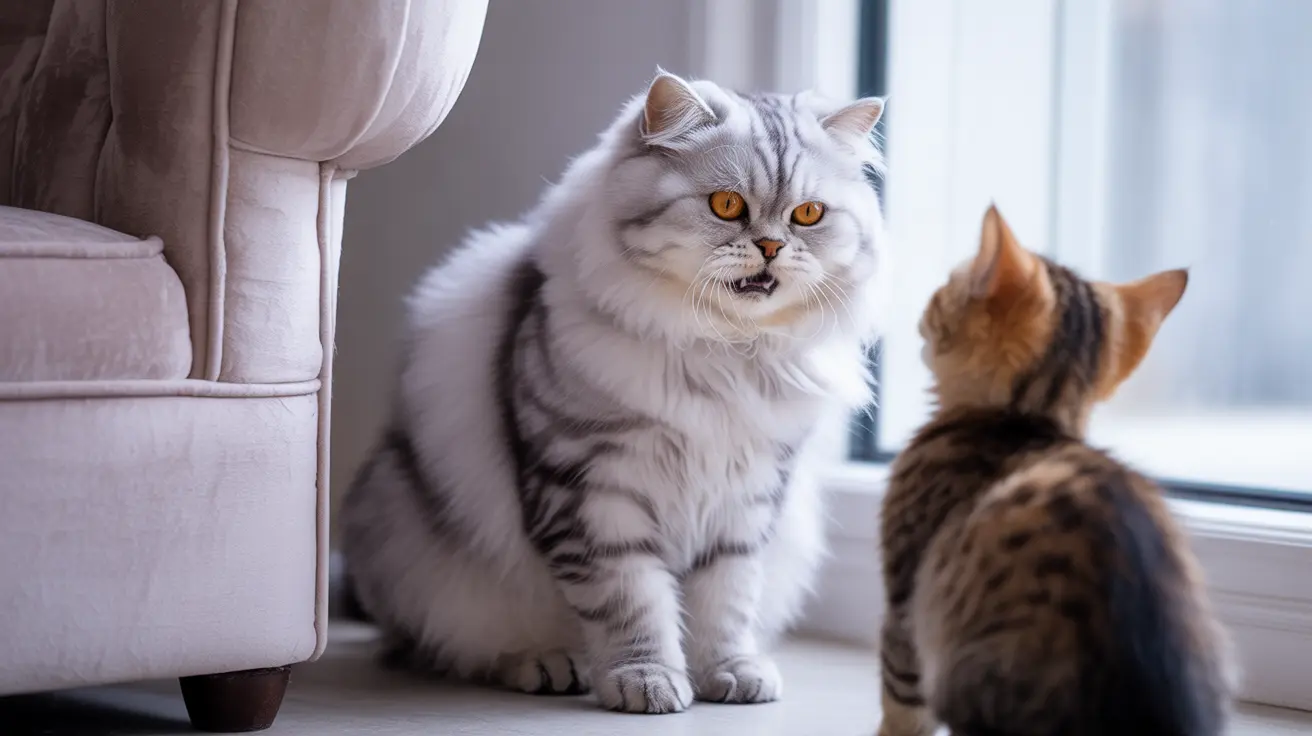Natural Instincts and Territorial Behavior
Cats are inherently territorial creatures, and this instinct runs deep in their DNA. Even in domestic settings, cats will establish and defend specific areas they consider their domain. This territorial nature becomes especially pronounced when cats reach social maturity, typically between ages 2 and 4.
Territory for cats isn't just about physical space – it includes resources like:
- Feeding areas
- Favorite resting spots
- Litter box locations
- Windows and elevated perches
- Play areas and toys
Fear and Past Experiences
Many cats display aggression toward other felines due to fear or negative past experiences. This reaction can stem from:
- Lack of early socialization with other cats
- Traumatic encounters during kittenhood
- Feeling threatened in their own space
- Competition for resources or attention
Medical and Hormonal Influences
Sometimes, what appears as hatred toward other cats may actually have underlying medical causes. Physical discomfort or illness can make any cat more irritable and less tolerant of others. Common medical triggers include:
- Arthritis or joint pain
- Dental problems
- Hyperthyroidism
- Neurological conditions
- Infections or inflammation
Social Structure and Hierarchy
When multiple cats live together, they naturally establish a social hierarchy. This pecking order can lead to conflicts, especially when:
- A new cat is introduced to the household
- One cat reaches social maturity
- Changes occur in the home environment
- Resources become limited or contested
Managing Multi-Cat Households
Creating harmony between cats requires careful management of their environment and resources. Essential steps include:
- Providing multiple litter boxes (one more than the number of cats)
- Setting up separate feeding stations
- Creating vertical space with cat trees and perches
- Using pheromone diffusers to reduce tension
- Maintaining consistent daily routines
Prevention and Intervention Strategies
When introducing new cats or managing existing conflicts, consider these proven approaches:
- Gradual introductions through scent-swapping
- Controlled visual exposure without physical contact
- Positive reinforcement for calm behavior
- Professional behavioral consultation when needed
- Environmental enrichment to reduce competition
Frequently Asked Questions
Why does my cat act aggressively toward other cats in the household?
Cats may act aggressively due to territorial instincts, fear, past trauma, or competition for resources. This behavior can also be triggered by stress, medical issues, or lack of proper socialization during kittenhood.
How can I reduce territorial aggression between my cats?
Provide multiple resources (litter boxes, feeding stations, resting areas), create vertical space, use pheromone diffusers, and ensure each cat has their own territory. Gradual introductions and positive reinforcement are also crucial.
What role does fear play in my cat's aggression toward other cats?
Fear is a primary motivator for cat aggression. Cats may react aggressively when they feel threatened, cornered, or unsure about another cat's intentions. This is often rooted in past experiences or lack of socialization.
Can medical issues cause my cat to hate or fight with other cats?
Yes, medical conditions can increase irritability and lower tolerance for other cats. Pain, thyroid problems, dental issues, and other health concerns can contribute to aggressive behavior.
What are effective ways to introduce a new cat to my resident cat to prevent aggression?
Use a slow, controlled introduction process including scent-swapping, separate rooms initially, supervised visual contact through a barrier, and gradual physical interaction. This process can take weeks or even months to complete successfully.






